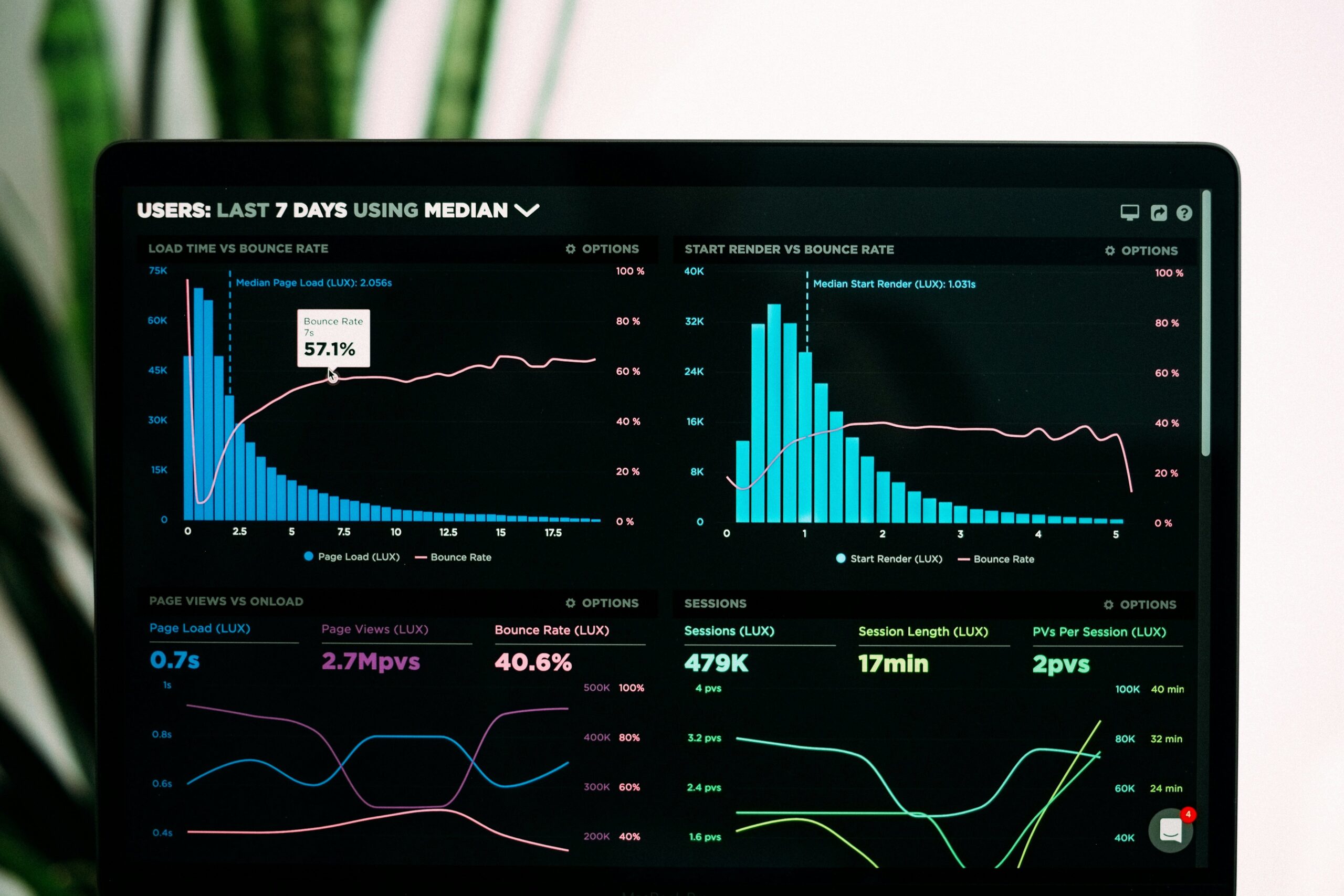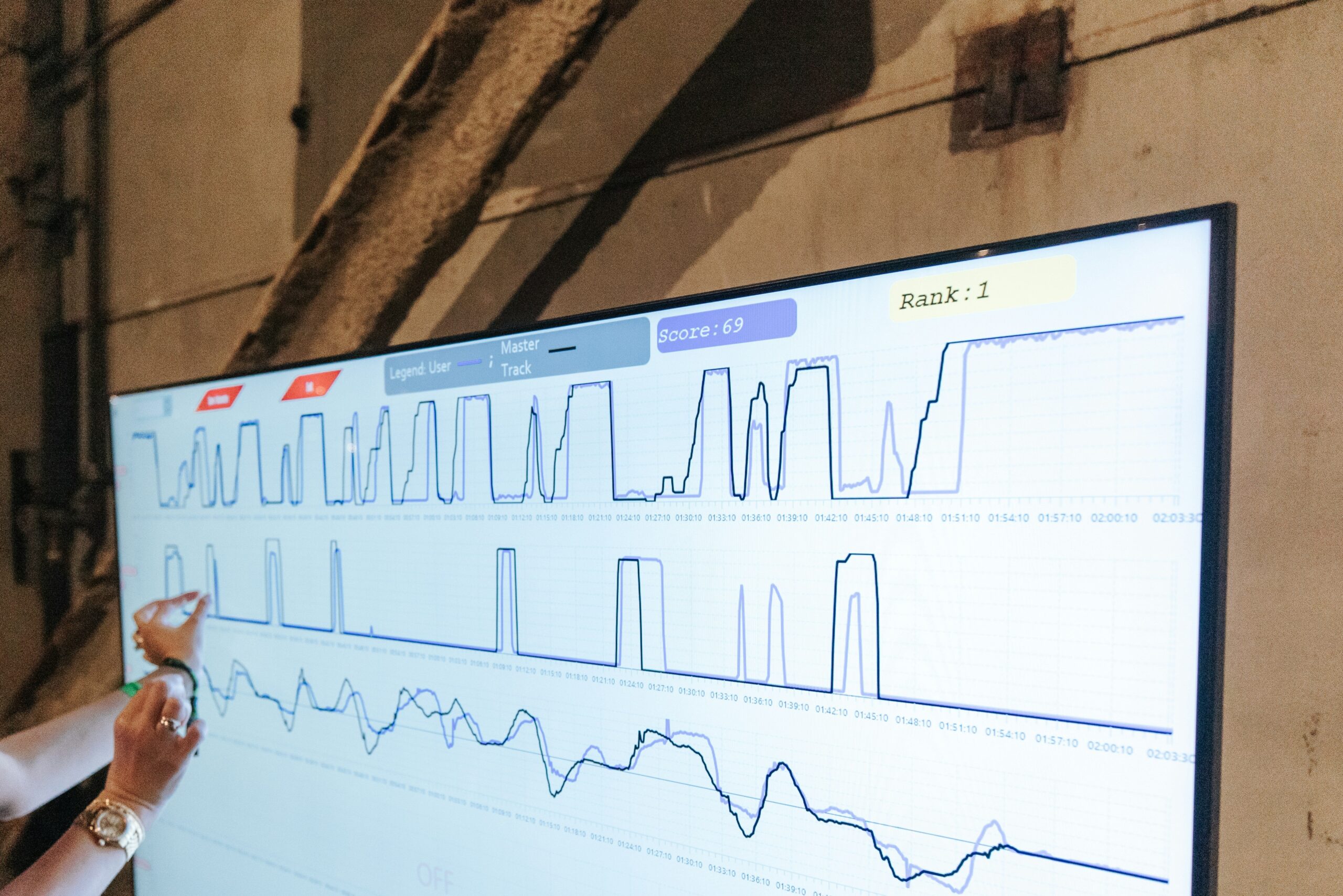“Ever spent hours digging through research apps, only to drown in an ocean of unorganized data? Yeah, us too.”
If you’re juggling productivity apps and wellness trackers while trying to extract actionable insights, you’re not alone. But what if I told you there’s a way to supercharge your process with one powerful upgrade—a data analysis tool? In this post, we’ll uncover why integrating such a tool into your workflow is the ultimate game-changer for maximizing efficiency and well-being.
- Introduction: The Struggle Is Real
- Key Takeaways
- Section 1: The Data Dilemma—Why Amateur Methods Fail
- Section 2: How to Choose & Integrate a Data Analysis Tool
- Section 3: Best Practices for Using Data Tools
- Section 4: From Chaos to Clarity—Real-Life Examples
- Section 5: FAQs About Data Analysis Tools
- Conclusion: Unlock Wellness Through Better Data
Table of Contents
Key Takeaways
- A quality data analysis tool helps you organize mountains of information from multiple research apps.
- Integrating the right tool can cut down on wasted time by up to 60%.
- User-friendly platforms like Python-based libraries or no-code solutions are perfect for beginners AND pros.
- You don’t need to be a tech wizard; some tools even work seamlessly with wellness apps!
Section 1: The Data Dilemma—Why Amateur Methods Fail
Picture this:
I downloaded three productivity apps last month. Each promised to help me track my goals, sleep cycles, and focus sessions. Sounds amazing, right? Not so fast. By week two, I had spreadsheets stacked across Google Drive folders, screenshots scattered everywhere, and zero clarity on what any of it meant.
The problem wasn’t the apps—it was how they left me drowning in raw data without giving me insights. That’s where most people trip up. Collecting data isn’t enough; analyzing it effectively separates chaos from progress.

Why Manual Efforts Fall Short
“Optimist You: ‘Oh, just copy-paste everything into Excel!’
Grumpy Me: ‘Ugh, fine—but only if coffee’s involved.’”
Manual analysis is slow, prone to errors, and frankly soul-crushing when dealing with big datasets. If you think *manually sorting* will save you time, prepare to lose your mind (and possibly miss crucial patterns).
Section 2: How to Choose & Integrate a Data Analysis Tool
Step-by-Step Approach to Finding Your Ideal Tool
- Identify What Matters Most: Are you primarily interested in tracking productivity, mental health metrics, or both?
-
Research Compatibility: Does the tool integrate with your current research apps? Popular choices include Tableau, Power BI, and Python-powered programs.

- Assess Ease of Use: Don’t waste days learning complicated software unless absolutely necessary. Look for intuitive dashboards and user-friendly interfaces.
- Trial Before Committing: Free trials let you test functionality before investing money—or sanity.
Rant Moment: Stop Falling for Shiny New Tools!
Yes, every other ad shows off fancy bells and whistles. But guess what? A $10k platform won’t make you productive if you skip setting realistic goals first. Remember: The best tool aligns with YOUR specific needs—not someone else’s pitch deck.
Section 3: Best Practices for Using Data Tools
Top Tips for Maximum Impact
- Automate Repeated Tasks: Set up scripts or workflows that pull data automatically from all connected apps.
- Visualize Trends: Create interactive charts to spot areas needing improvement quickly.
- Set Reminders: Regularly review reports instead of forgetting about them until year-end burnout hits.

Terrible Tip Disclaimer
If anyone tells you to ignore automation features because “manual checks are better,” run far away. Automation saves time and reduces errors. Trust me—I learned this the hard way after wasting 8 hours manually reconciling mismatched timestamps.
Section 4: From Chaos to Clarity—Real-Life Examples
Case Study #1: Sarah, Freelancer Turned Productivity Pro
Sarah used multiple wellness apps but struggled to find overlaps between her daily habits and productivity levels. After adopting a simple no-code data analysis tool, she identified key patterns: more outdoor walks equaled sharper focus later in the day. Result? She doubled her output within weeks.
Case Study #2: Mark, Entrepreneur Who Scaled Smarter
Mark relied heavily on research apps for market trends but often missed deadlines due to poor organization. Switching to a robust data visualization tool allowed him to prioritize high-value tasks based on performance indicators pulled directly from his apps.
Section 5: FAQs About Data Analysis Tools
Are These Tools Expensive?
Nope! Many offer free tiers or open-source alternatives. It’s all about finding the balance between cost and features.
Do They Work With All My Apps?
Most top-tier tools support API integrations, ensuring seamless connections. Always check compatibility lists!
What If I’m Not Tech-Savvy?
There’s no shortage of beginner-friendly options these days. Platforms like Google Data Studio require minimal coding knowledge.
Conclusion: Unlock Wellness Through Better Data
We’ve covered why using a data analysis tool transforms messy inputs into meaningful outputs, saving YOU precious time and energy. Start small—pick one compatible app and explore its potential. Soon, you’ll wonder how you ever survived without it.
Like a Tamagotchi, your digital well-being requires regular care—and smarter tools!
Rows of clean data,
Whispers of clarity bloom—
Progress meets balance.


